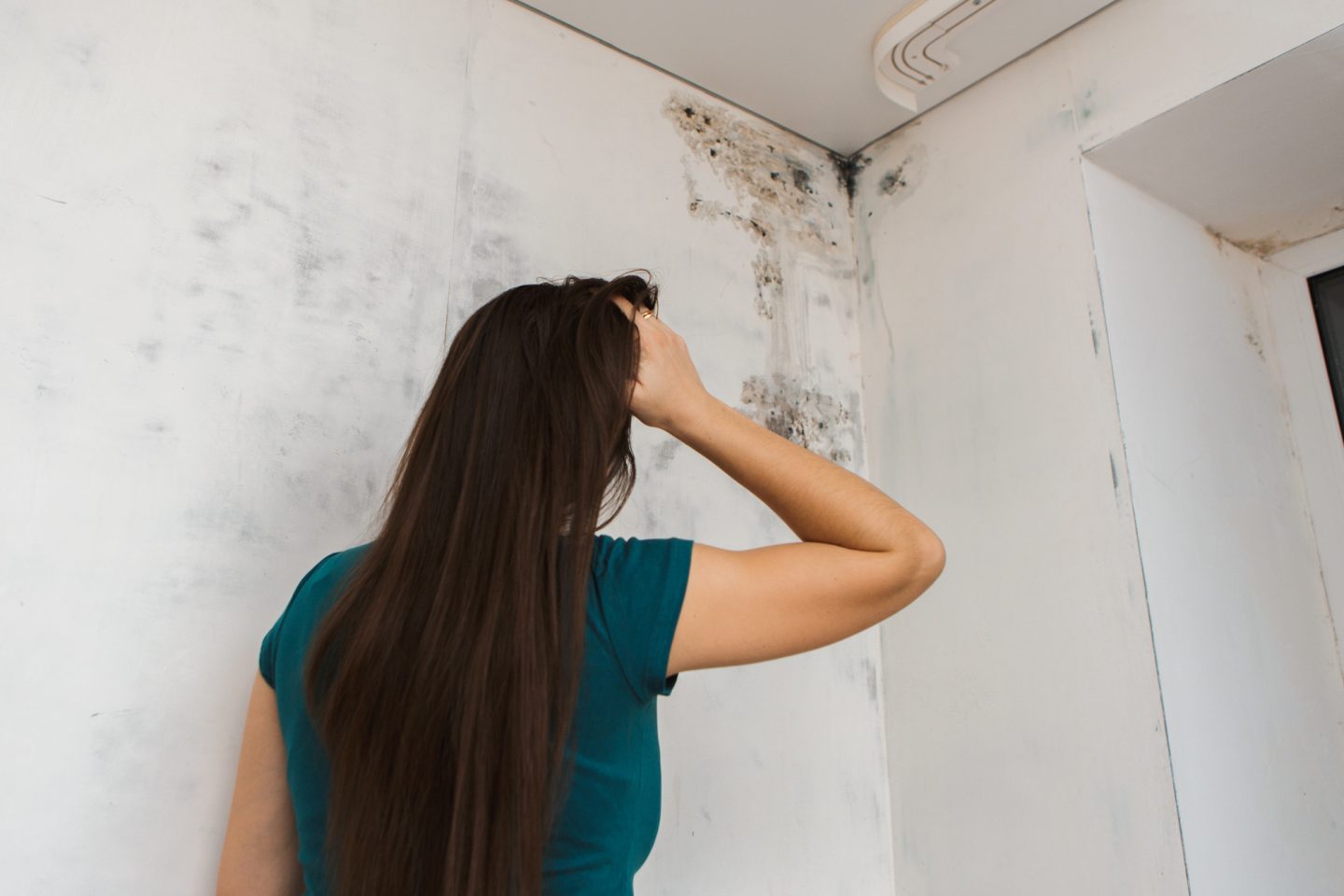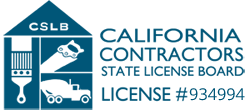
Mold in commercial spaces can create serious health hazards and disrupt day-to-day operations. It thrives in damp environments and can spread rapidly, causing significant damage to the property and posing health risks to occupants. Whether it’s a small office, a large hotel, or a healthcare facility, mold can infiltrate a wide range of commercial properties, making effective mold management essential.
Addressing mold issues with damage restoration services as soon as they are discovered is crucial to preventing more extensive damage and costly repairs. Knowing how to identify mold and the necessary steps for its removal can save time and money and ensure a safer environment for everyone involved. In this guide, we’ll discuss the best practices for dealing with mold issues in commercial spaces, so businesses can act quickly and effectively.
By implementing proven strategies, commercial properties can manage mold problems efficiently, protecting both the structure and its occupants from the adverse effects of mold exposure. Read on to learn how to approach mold issues with confidence and keep your business space clean and healthy.
Understanding Mold Growth in Commercial Spaces
Mold is a common problem in many commercial properties, and it can cause serious issues if not dealt with quickly. Mold spores are everywhere and can easily enter buildings through doors, windows, and HVAC systems. Once inside, they can grow rapidly in areas with excessive moisture or humidity, such as around leaks, sinks, or poorly ventilated restrooms. Mold thrives in dark, damp places and can spread within 24-48 hours, which poses a significant threat to the structural integrity of buildings and the health of occupants.
The presence of mold can lead to various problems. It can cause unpleasant odors and contribute to the deterioration of building materials like drywall and wood. Mold can also pose health risks to employees and customers, especially those with allergies, asthma, or weakened immune systems. Symptoms such as sneezing, coughing, and skin irritation can occur upon exposure. Understanding the conditions that promote mold growth is the first step in combating this issue effectively.
Immediate Actions to Take When Mold is Discovered
If mold is discovered on your commercial property, immediate action can prevent it from spreading further. Here are a few critical steps we recommend:
- Identify the Source of Moisture: The first step is to find and fix the water source causing the mold growth. This might be a leaky pipe, roof, or window. Addressing the moisture problem is crucial to prevent mold from returning once it’s removed.
- Isolate the Affected Area: To prevent the mold spores from spreading to other parts of the building, isolate the affected area. Close doors and windows and cover vents to contain the mold. Use plastic sheeting and tape to seal off the area if necessary.
- Protect Yourself and Others: Wear protective gear such as gloves, masks, and goggles to avoid direct contact with mold. Ensure that employees and customers stay away from the affected areas to minimize health risks.
- Document the Damage: Take photos and make notes of the mold-affected areas. This documentation will be helpful for insurance claims and professional assessments later on.
- Call in Professionals: Contact a professional mold remediation and damage restoration service to assess the situation and start the removal process. Professionals have the right tools and expertise to safely and effectively remove mold and restore your property.
By acting quickly and following these steps, you can limit the extent of mold damage and create a safer environment for everyone in the building.
Step-by-Step Mold Removal Process
Effectively removing mold from commercial spaces involves a systematic approach to ensure the infestation is completely eradicated and does not return. Here’s a clear and simple step-by-step mold removal process:
- Inspection and Testing: Begin with a thorough inspection of the affected areas. Use moisture meters and humidity gauges to locate hidden mold and assess the extent of contamination. Air quality testing can also help identify the presence of mold spores.
- Containment: Create physical barriers to isolate the mold-infested areas to prevent spores from spreading to other parts of the building. This can be done using plastic sheeting and negative air pressure machines.
- Removal of Contaminated Materials: Carefully remove and discard any materials heavily contaminated with mold, such as drywall, insulation, or carpeting. Seal these materials in plastic bags before disposal to avoid spreading spores.
- Cleaning and Disinfecting: All surfaces in the affected area should be thoroughly cleaned using appropriate mold removal products. Hard surfaces can be scrubbed with brushes and cleaning agents, while porous materials may require deeper treatment or removal. Use HEPA vacuums to clean surfaces and remove any remaining spores.
- Drying the Area: After cleaning, ensure the area is completely dried using dehumidifiers and fans. This helps prevent future mold growth by eliminating moisture.
- Final Inspection: Conduct a final inspection to ensure all mold has been removed. Air quality tests can confirm that spore counts are back to safe levels.
By following these steps, we ensure a comprehensive approach that effectively removes mold and reduces the risk of recurrence.
Preventive Measures to Avoid Future Mold Issues
Preventing mold from returning requires ongoing vigilance and maintenance. Here are key preventive measures:
- Control Humidity Levels: Keep indoor humidity below 60% to discourage mold growth. This can be achieved through dehumidifiers, air conditioners, and proper ventilation, especially in high-moisture areas like kitchens and bathrooms.
- Fix Leaks Promptly: Regularly inspect for and promptly repair leaks in the roof, walls, and plumbing systems. Water intrusion is a common cause of mold, so addressing leaks quickly is essential.
- Improve Airflow: Ensure good ventilation throughout the building by using exhaust fans in bathrooms and kitchens, and maintaining HVAC systems. Proper airflow helps keep surfaces dry and reduces moisture buildup.
- Regular Inspections: Schedule regular inspections of your commercial property to identify potential moisture issues before they develop into mold problems. This includes checking areas that are prone to dampness, such as basements and crawl spaces.
- Use Mold-Resistant Materials: When renovating or repairing, consider using mold-resistant materials, like mold-resistant drywall and paint. These materials are specially designed to inhibit mold growth.
- Employee Awareness: Educate employees about the signs of mold and the importance of reporting water damage promptly. Employee vigilance can be a critical factor in early detection and prevention.
Implementing these preventive measures helps maintain a mold-free environment, ensuring a healthier and safer workspace.
Conclusion
Tackling mold issues in commercial spaces is crucial for the safety and well-being of everyone involved. By understanding how mold grows, taking immediate action when it is discovered, following a structured removal process, and implementing preventive measures, we can effectively manage mold and ensure a healthy, safe environment.
If you suspect mold on your commercial property or need assistance with mold removal, contact Restoration Masters. We’re committed to providing comprehensive mold remediation and damage restoration services to help safeguard your property and occupants. Call us today and let our experts handle your mold issues swiftly and effectively.





